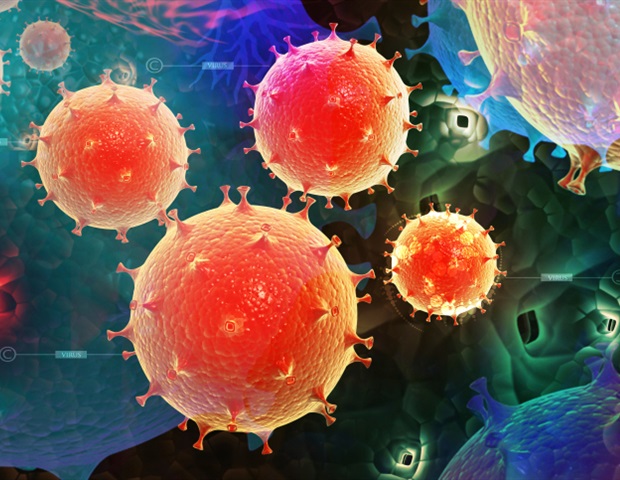More than a decade ago, physicians around the world began reporting cases due to a new hypervirulent strain of Klebsiella pneumoniae , which could infect and severely sicken otherwise healthy people. Thomas A. Russo, MD, at the University at Buffalo and the VA Western New York Healthcare System (VAWNYHS), was one of them.
In 2011, he treated his first case in Buffalo, a young person with no other comorbidities who was hospitalized for months with this hypervirulent bacterium. The patient fully recovered, but Russo became curious about this hypervirulent bacterium -; and alarmed, given the fact that it was able to infect otherwise healthy individuals from the community and, over time, could become drug-resistant. More cases and they're drug-resistant That alarm was well-founded.
The hypervirulent bacteria has spread throughout the world. It can cause tissue-invasive infections that are organ- and life-threatening in healthy people. Some strains have acquired resistance to antimicrobial agents; these strains have been dubbed "true and dreaded superbugs.
" Earlier this year, the European Centre for Disease Control and Prevention of the European Union reported a significant increase in the number of cases of hypervirulent Klebsiella pneumoniae and that these cases were resistant to the class of antibiotics called carbapenems, which are often a "last resort" treatment for bacterial infections. Now, with numerous publications on the bacterium, Russo has identified the genetic elemen.


















